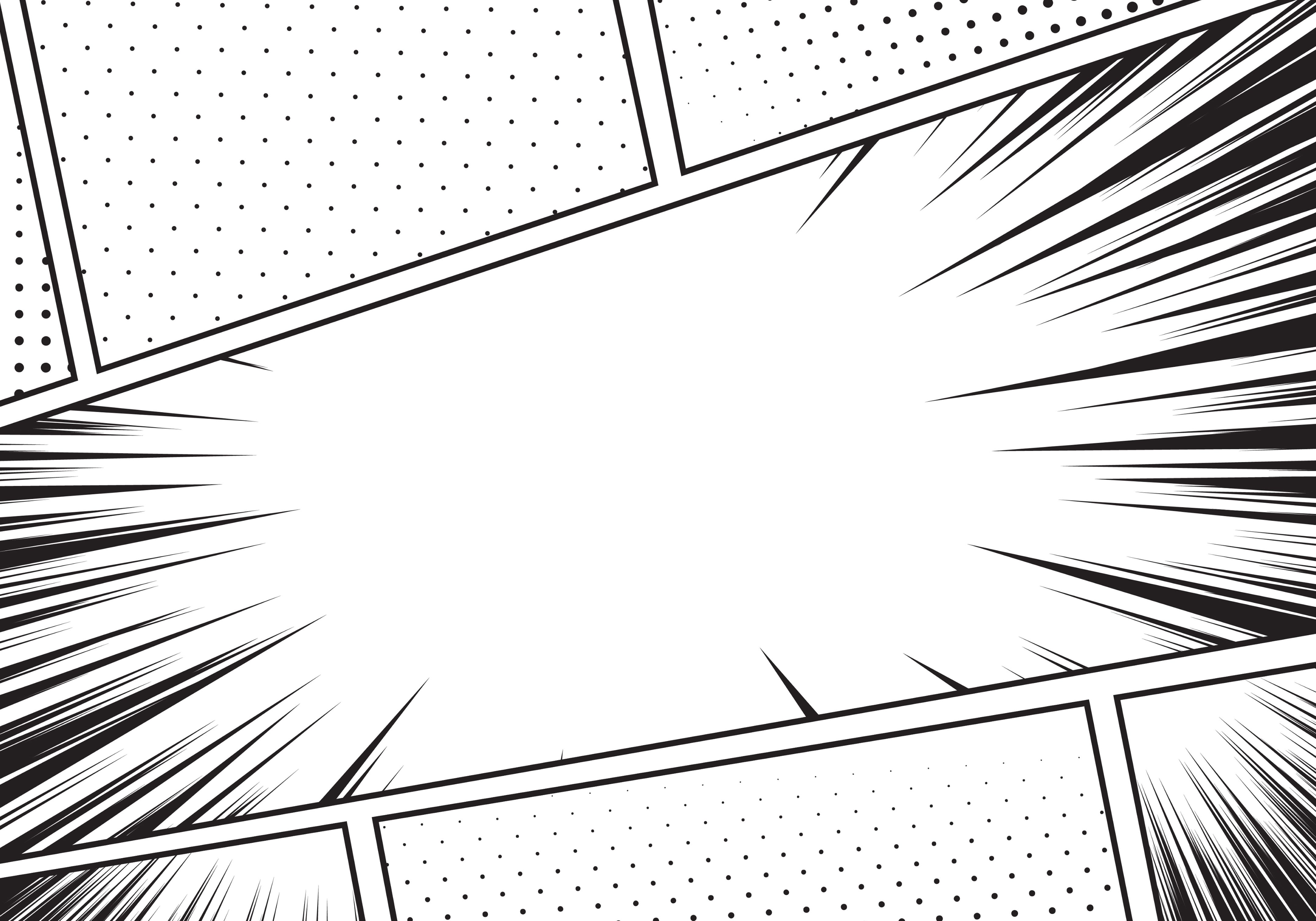
By Azmera Gebre
Research by Florina Sutanto, Sushant Karki and Arjun Kakkar
Design by MaSara Myers
As we gear up for the 2026 World Cup, it’s worth revisiting one of the most remarkable matches from 2022. Underdog Japan defeated soccer powerhouse Germany for an unexpected win. But the biggest thrill for many Japanese fans was their players’ bright blue kits: a reference to one of the most popular sports anime of the decade, “Blue Lock.” Designed by “Blue Lock” illustrator Yusuke Nomura, the 2022 team jerseys were almost carbon copies of the ones featured in his famous anime. Japan’s real life team played just as ferociously as their anime counterparts. While the win was exciting for Japanese soccer fans, it was even more enthralling for “Blue Lock” fans to watch their beloved anime highlighted on the World Cup stage.
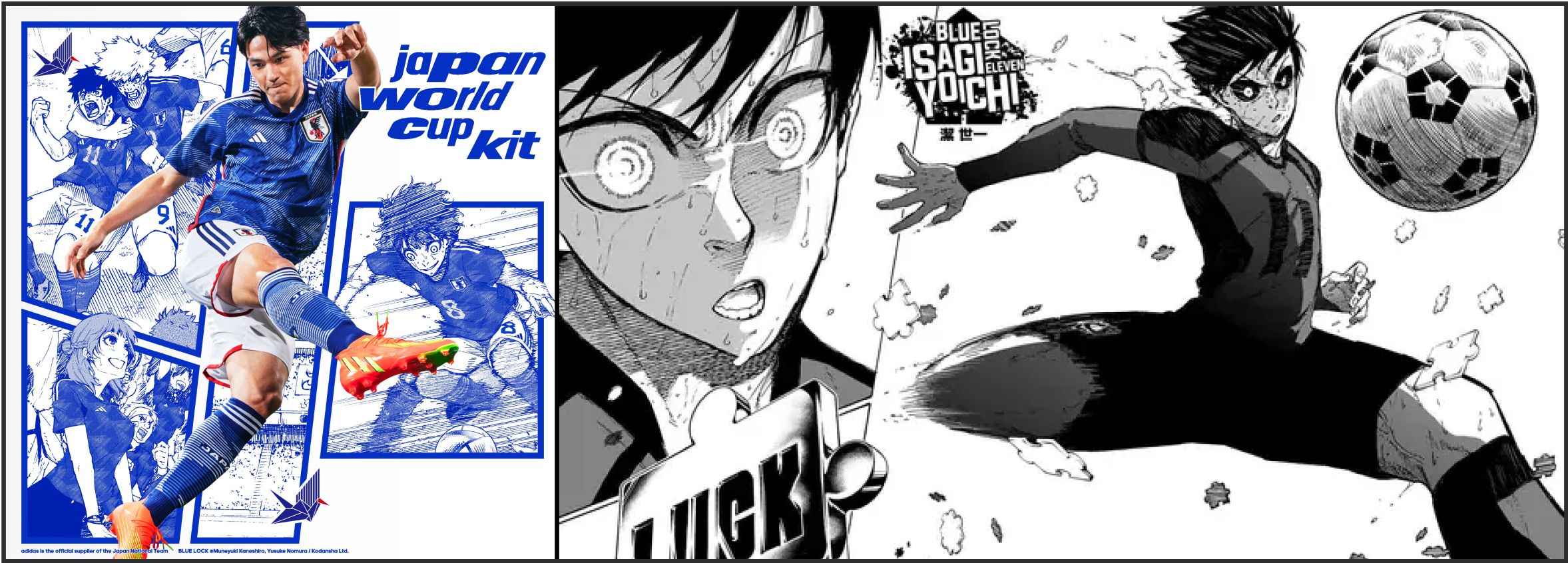
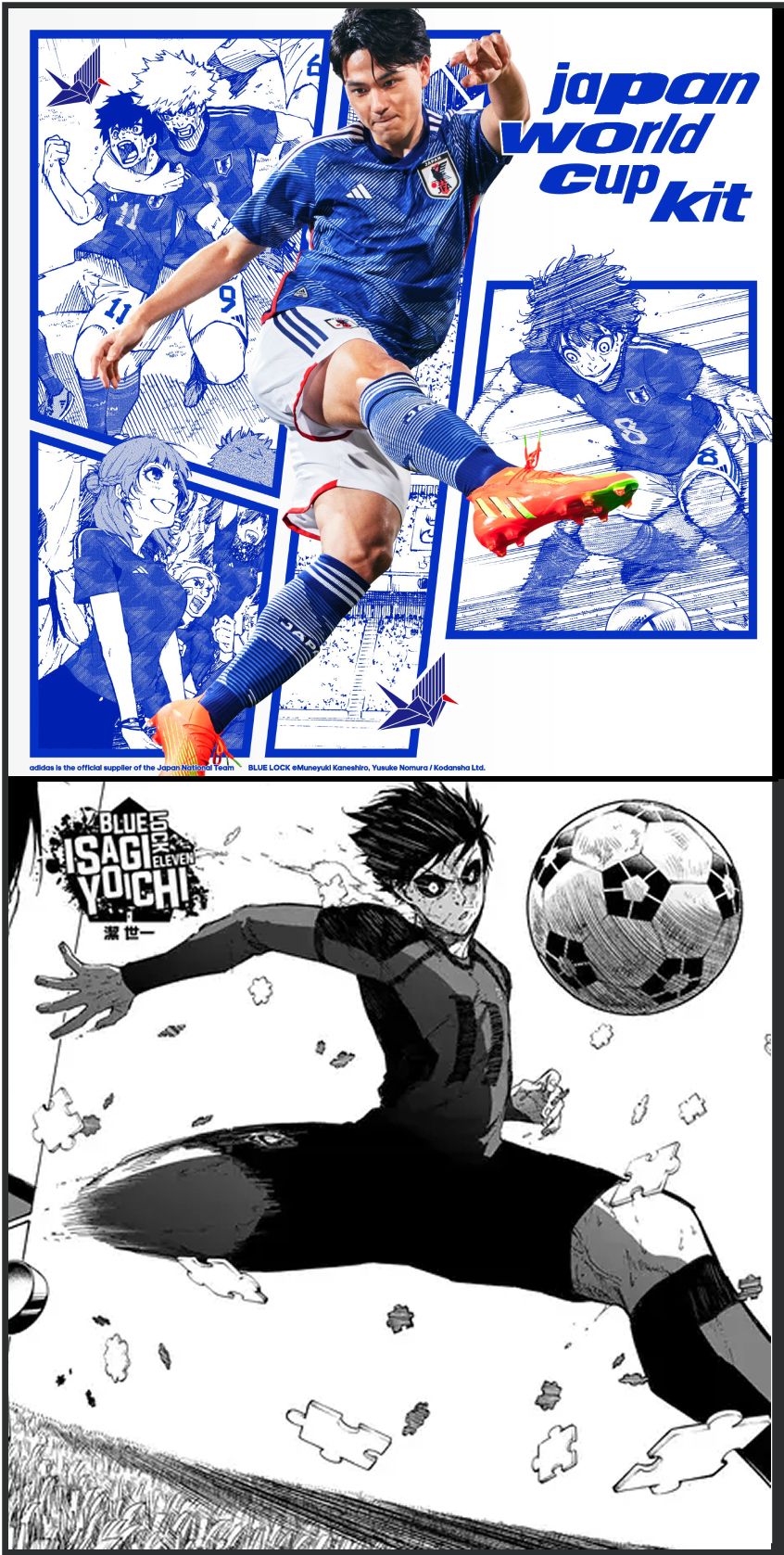
“Blue Lock” isn’t the only recent Japanese anime to achieve widespread global attention. “One Piece” recently collaborated with McDonald’s, featuring custom “One Piece” packaging on snack wraps all over the world. In 2023, Jujutsu Kaisen broke the Guinness’ World Record for the most in-demand animated television show on earth.
The world is hungry for this Japanese export, and the anime industry is cashing in. According to the Association of Japanese Animations, anime overseas revenue increased from $1.4 million to $11.5 million between 2014 and 2023. In the last decade, anime’s popularity has soared beyond Japan’s borders into the international mainstream.
What could account for anime’s international popularity? It might have something to do with how demographics are targeted.
Japanese anime, and the manga magazines they’re usually adapted from, fall into four well-known genres, each targeting different gender and age demographics: shonen, shojo, seinen, and josei.
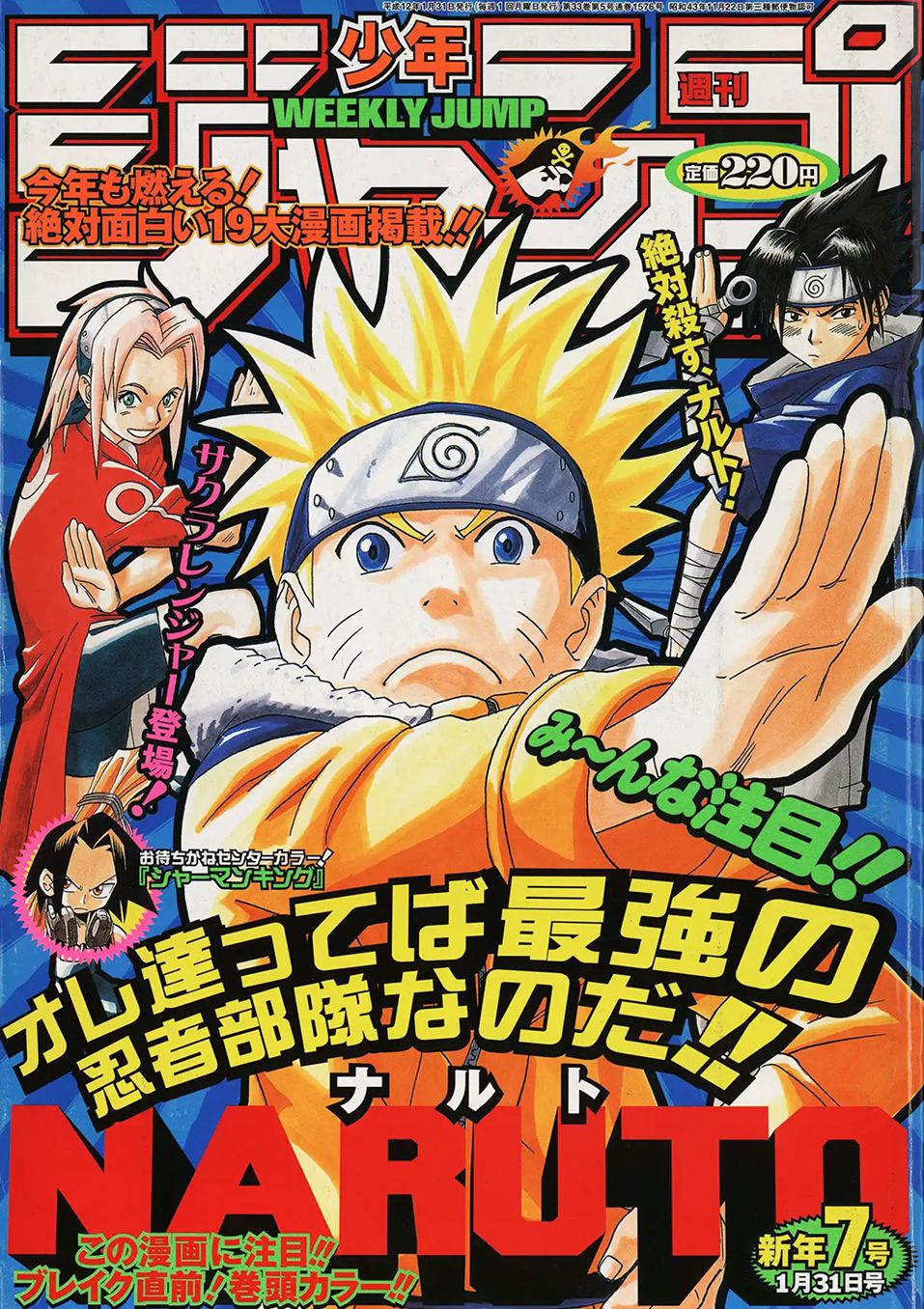
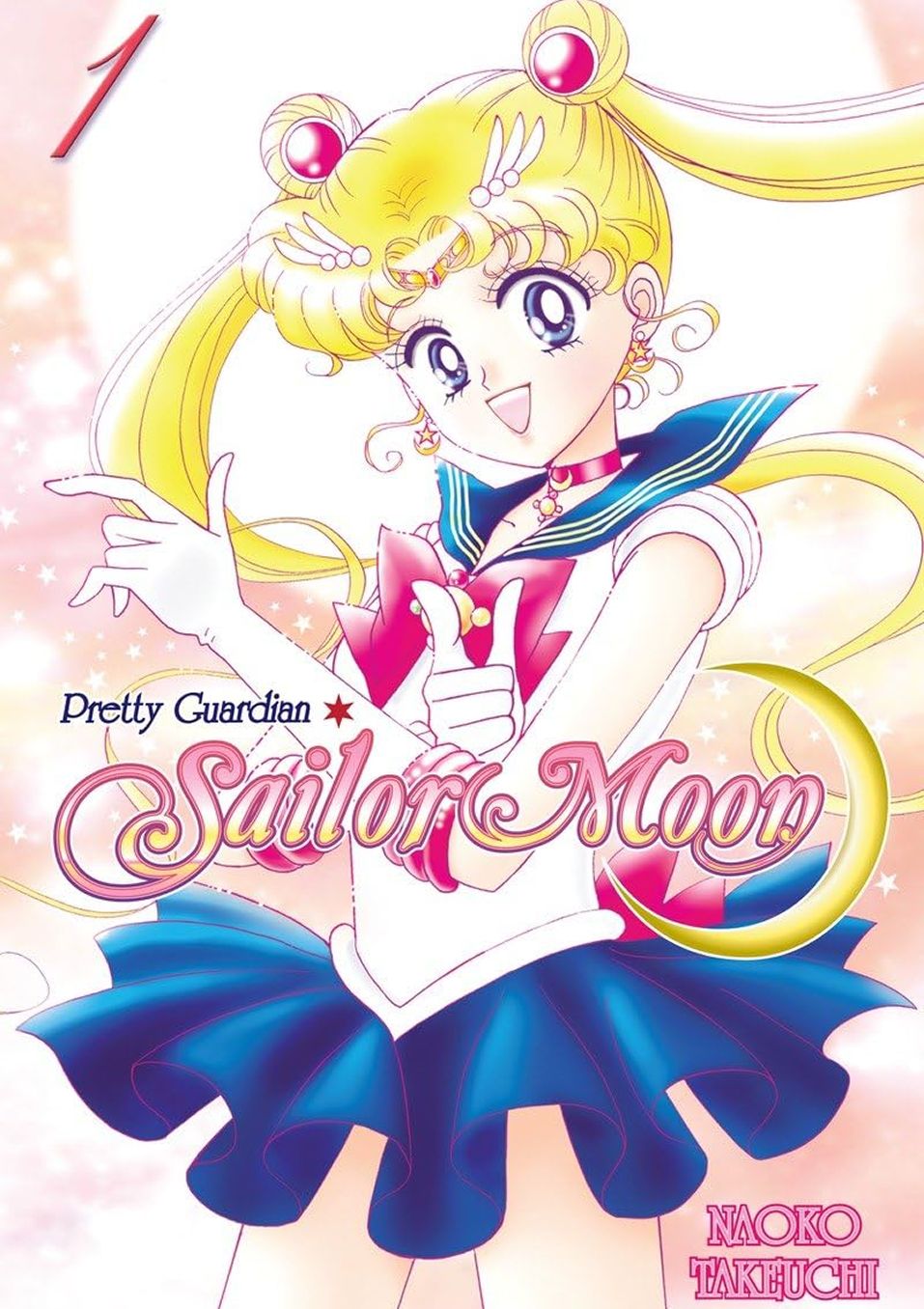
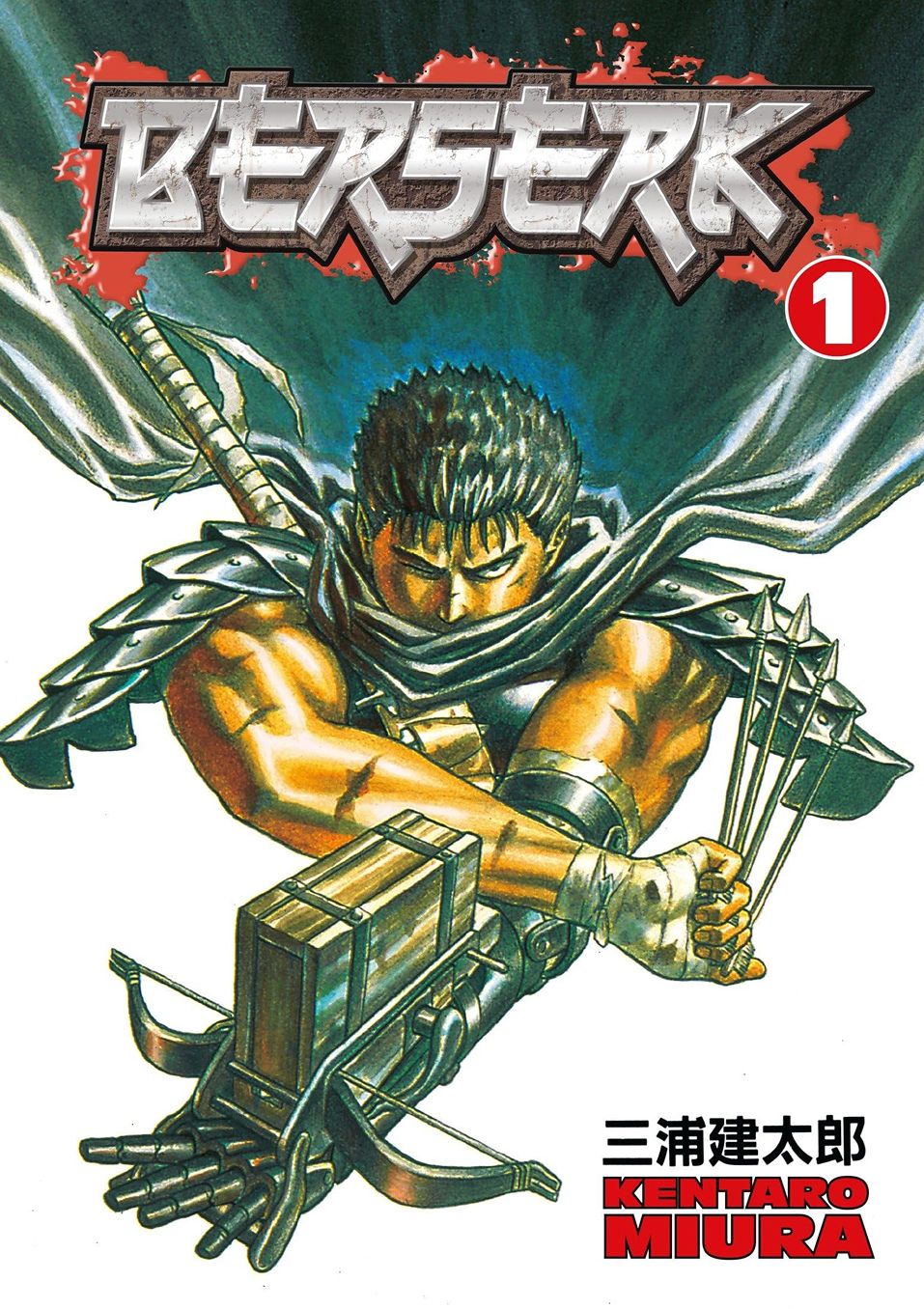
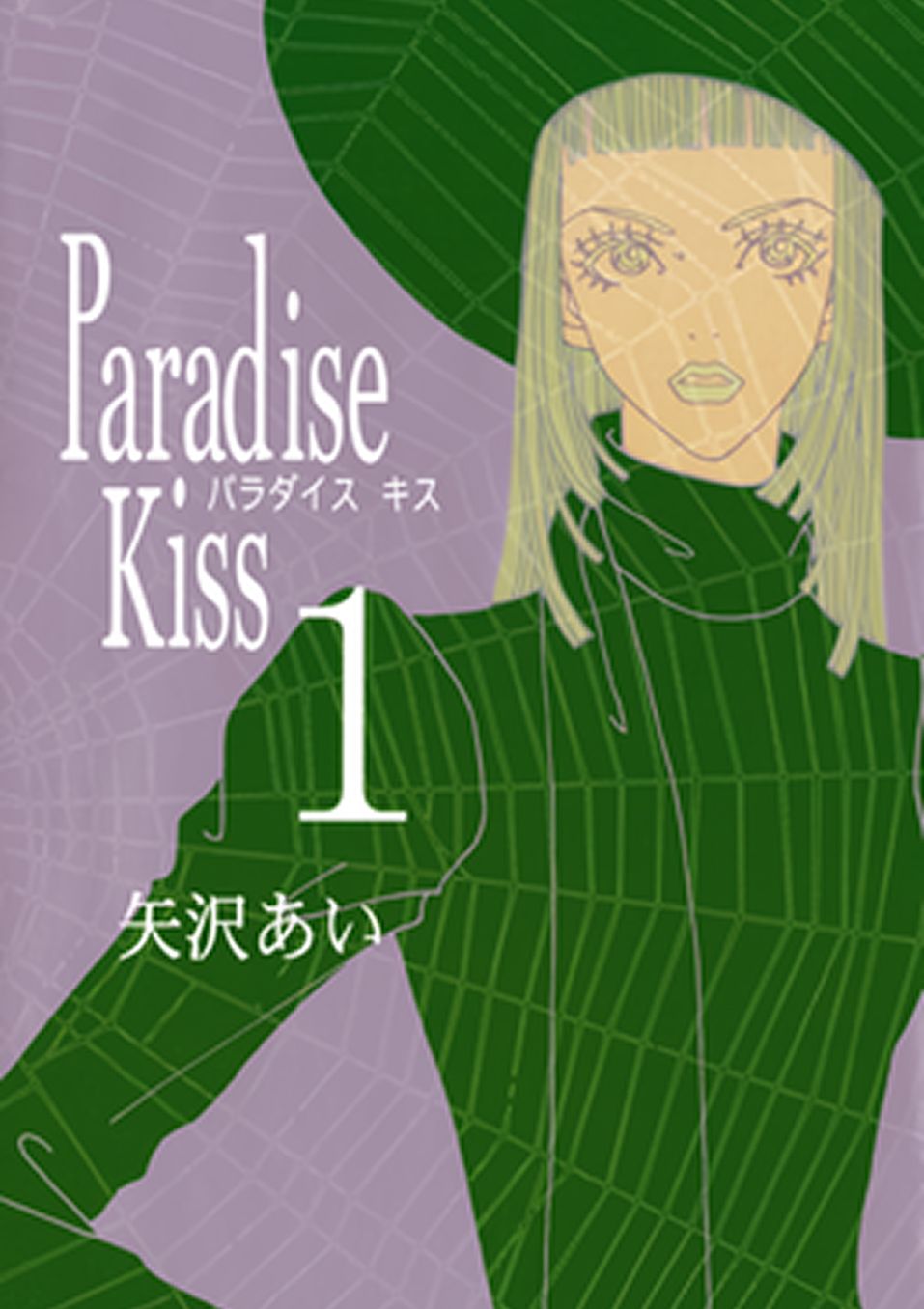
A genre of Japanese comics and animated films aimed primarily at a young male audience. Also known as “battle anime,” it’s typically characterized by action-filled plots.
Weekly Shonen Jump, Issue 7, 2000. Featuring Naruto.
While both shonen and shojo are commercially successful domestically and internationally, animes aimed at boys and men tend to outperform those targeting girls and women. Among the top 100 Most Favorited animes on MyAnimeList, shonen dominates with 41 titles, while shojo accounts for just 4. By comparison, seinen (targeting young adult men) represents 9, while the remaining 46 titles are original animes that were not adapted from manga.
Among the Top 100 fan favorites on MyAnimeList
41
were shonen titles
while only 4 were shojo
Anime and manga producers organize their art into strictly gendered genres to maximize both their audiences and profits. However, there is a cultural consensus that these genres differ in more than just their demographics. Fans of anime often say that shonen typically contains plots filled with action, rivalry, and violence, whereas shojo plots focus more on romance and personal relationships. According to their Wikipedia pages, the focus of shonen manga is on “action, adventure, and fighting evil,” whereas the focus of shojo manga is “on human relations and emotions.”
We wanted to put this cultural consensus to the test. Are there actually thematic differences between shojo and shonen anime? What could the data tell us about how gendered anime and manga actually are?
Thematic Analysis
Thematic Analysis
To conduct this thematic analysis, we followed the procedure outlined by De Paoli (2024) in this paper, which details how large language models can be used to scale qualitative analysis through open-ended prompting and systematic coding.
We identified 732 unique codes (e.g. Sibling Relationships, Overcoming Challenges) across 40 anime: 20 male-oriented shonen and 20 female-oriented shojo.
These were then grouped into 25 broader themes (e.g. Morality, Justice and Ethical Dilemmas).
We found a variety of thematic similarities and differences between shonen and shojo. For example, the theme of Friendship and Camaraderie was present nearly equally in both categories, reflected in 51% of shojo anime and 49% of shonen anime.
Let’s focus in on the anime Kimi ni Todoke.
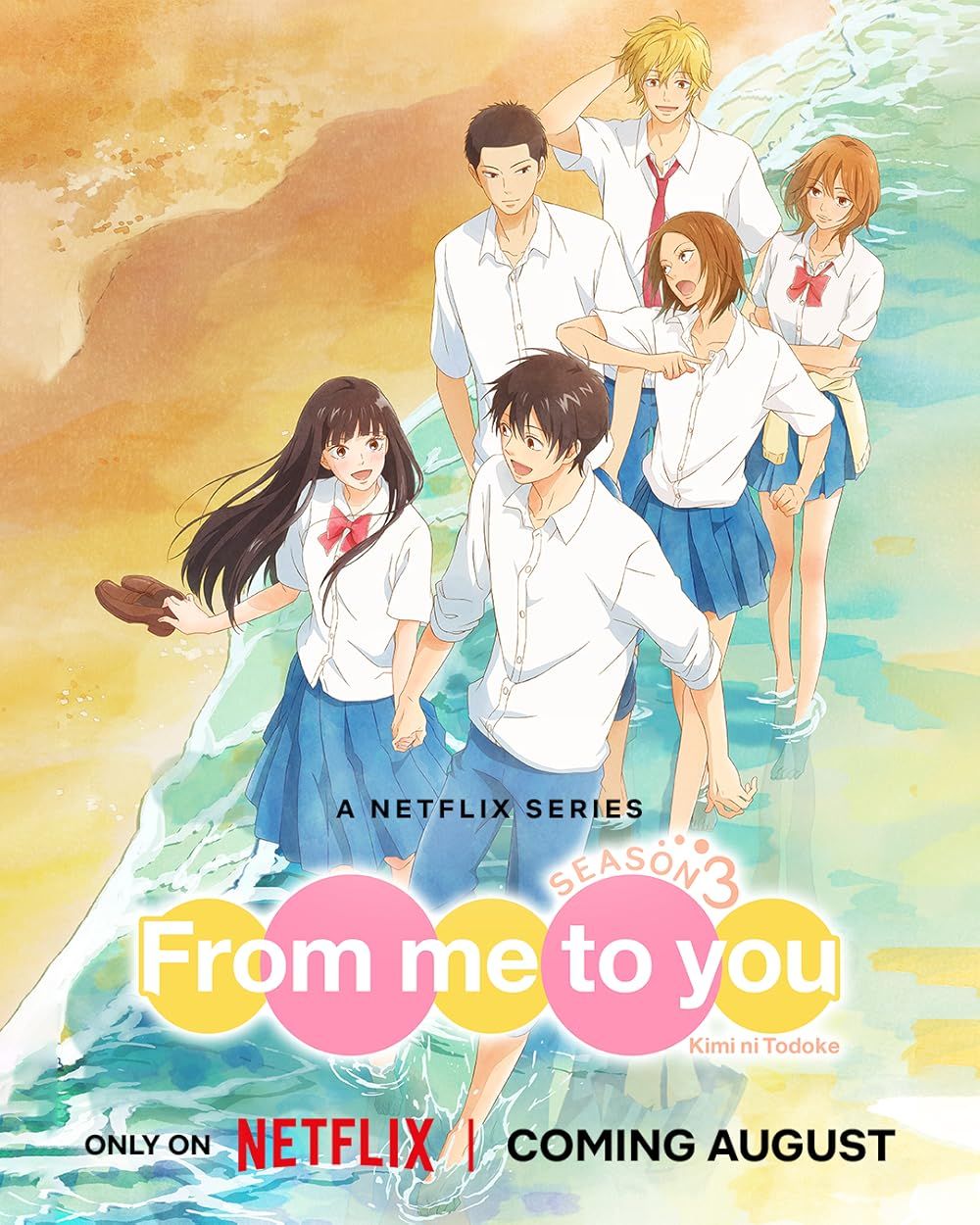
“Kimi ni Todoke” is a shojo anime following awkward and quiet high schooler Sawako Kuronuma. She is thought of as scary because of her eerie appearance but she’s just a misunderstood teenager navigating romance and the social hierarchy of high school.
“I don't care whether you leave me alone or not. So... please. Take back what you said earlier... You don't know how much I like... no, more than like...
...how much I love those two.”
As expected, this animes’s themes are primarily about human relationships and personal connection, such as Identity and Self Discovery, Family and Legacy, or Love and Romance.
Interestingly, if we follow the theme of Love and Romance, we find that while it is associated heavily with female-oriented shojo anime, there are plenty of love stories in male-oriented shonen as well.
While Love and Romance was found in a larger percentage of shojo anime (65%), there was still a surprising amount of shonen with female-oriented interpersonal themes.
Death Note is a strong example.
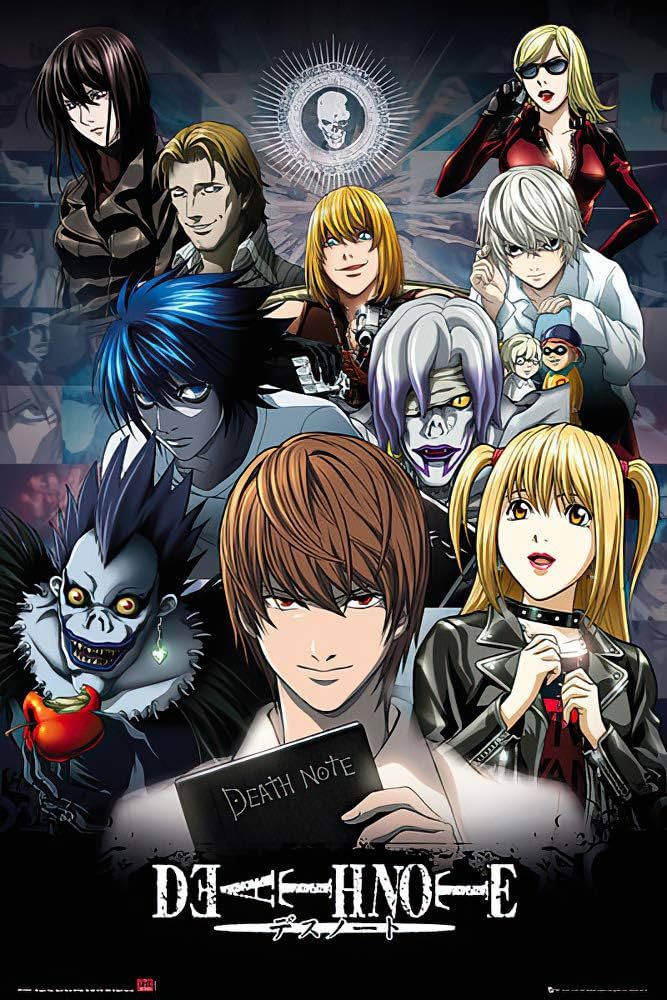
“I love you more than the world.”
Similarly we also found distinct outliers to the general themes associated with each demographic. As expected, the top themes found in male-oriented shonen were conflict, war, and Power, while the top themes in female-oriented shojo were romance, love, and traditions. But there was a set of outliers in both shonen and shojo anime that fell into the thematic categorizations of the opposite demographic, scrambling gender expectations.
“Sailor Moon” is one prominent example. A groundbreaking shojo anime popular in the late 1990s and 2000s, it contains themes related to both male-oriented shonen and female-oriented shojo, despite its reputation for being a standard shojo anime due to its focus on magical high school girls.
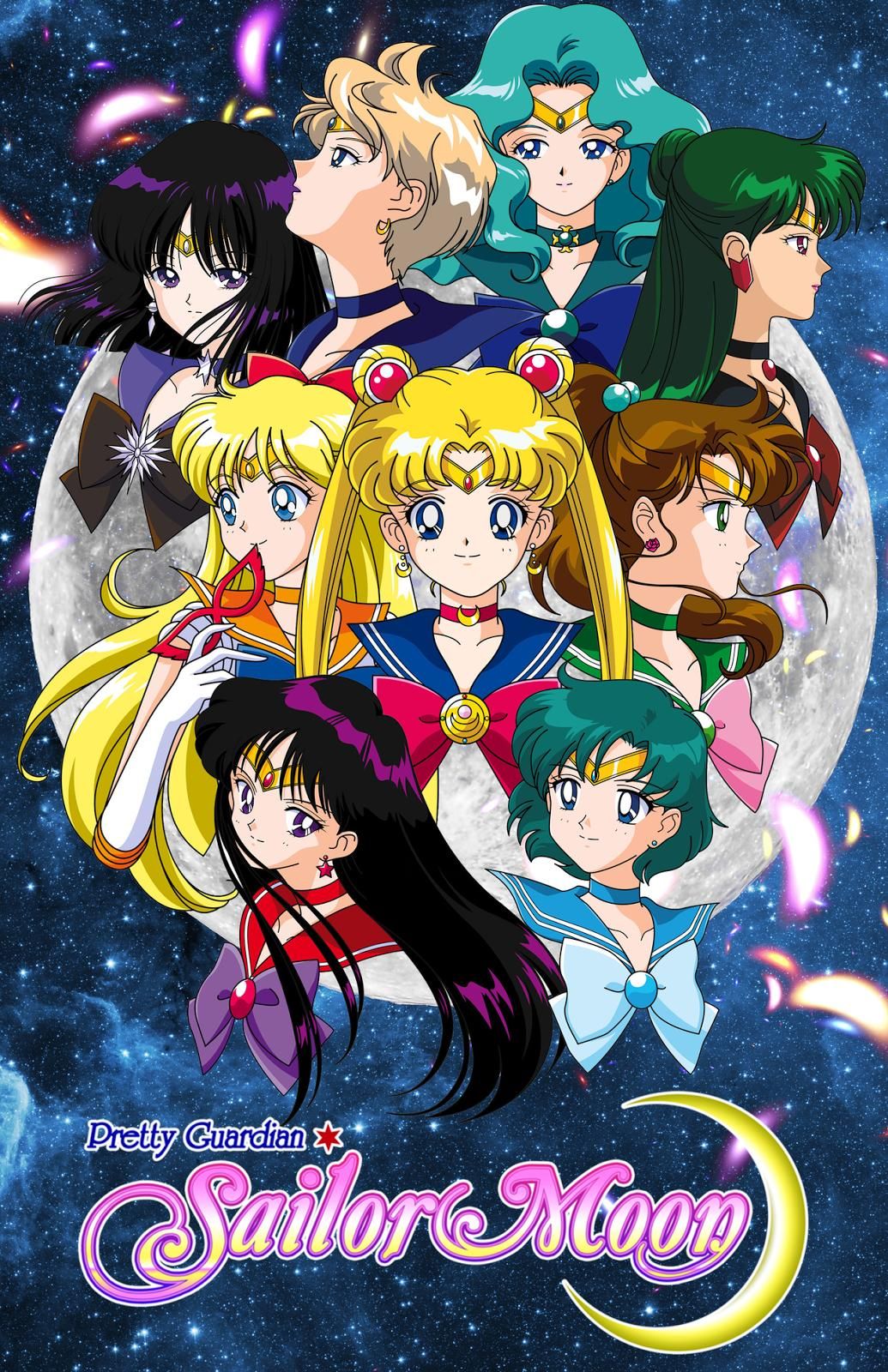
“I was born with special powers to become a Guardian.”
An even more extreme case is the 1980s anime “Banana Fish.” It follows street gang leader Ash Lynx as he searches for a mysterious brainwashing drug. “Banana Fish” was serialized in a female-oriented shojo magazine, yet its plot revolves around the theme of Crime, Corruption, and Vengeance, the second highest theme associated with male-oriented shonen.
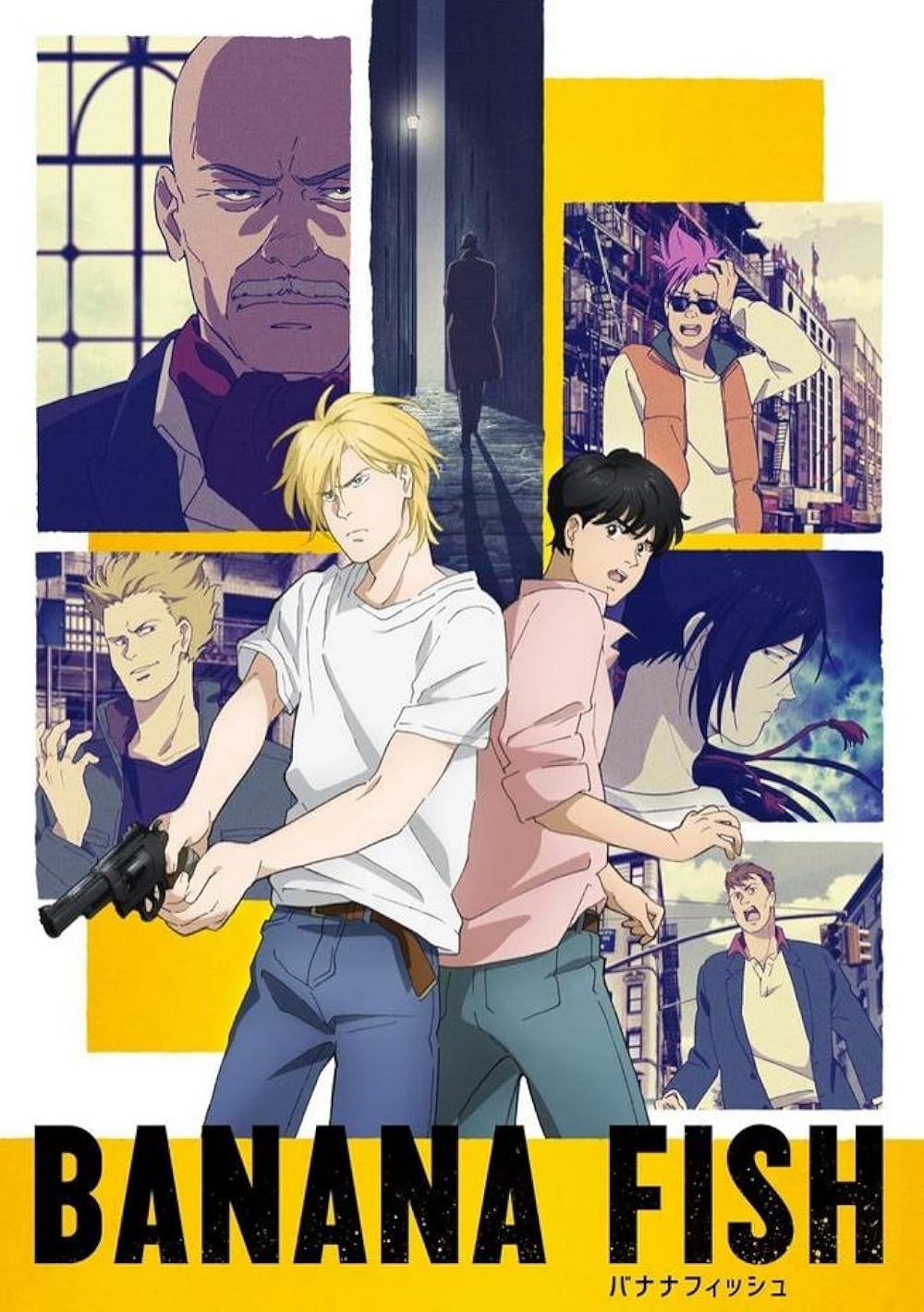
“Banana Fish” was one of the first shojo mangas to read more like a stereotypical male-oriented shonen manga. It featured a plot filled with action, adventure, and crime while still containing the deeper personal relationships and growth seen in many shojo anime. The romantic relationship in “Banana Fish” is not overtly sexual and patriarchal like you would find in shonen anime. Rather, it was intimate and developed, reflecting more the expectations of a shojo anime.
Yoshida Akimi, the author of “Banana Fish,” stated that she prefers writing for women. She wrote the anime, she said, for a primarily female audience because she feared it would become “too simple” if written for men. She clearly had a different perception of what would appeal to female versus male readers. Banana Fish, however, is popular with a male audience as well, suggesting perhaps Yoshida made an incorrect assumption about the preferences of men and women.
“Help me kill him and my other brothers excluding Hua-Lung. Also, their wives and children. Every last person with the Lee blood in them.”
As we can see from both “Banana Fish” and “Sailor Moon,” genre is not always a clear indicator of audience. “Banana Fish” was one of the first mangas to appeal to male-oriented genre themes of Action, Adventure and Crime while also focusing on deep interpersonal and romantic relationships. Similarly, while many shojo anime imagined limited abilities for their female protagonists, “Sailor Moon” showcased a strong cast of powerful women who were not solely looking for the male attention. It paved the way for other magical girl anime to stretch and defy gender norms.
Animes, themes, and genderered narratives
According to research, adolescents tend to exaggerate their gender roles. Shonen and shojo anime play upon this dynamic, populating their stories with heightened gender stereotypes and themes. To best market their products to consumers, manga writers and anime production studios employ coded gendered content, believing adolescent males and females want to view different types of stories. As we found, this type of gender conformity can be seen in anime such as “Kimi ni Todoke.” But with “Banana Fish” and “Sailor Moon,” some of the most popular anime defy gender and genre expectations, creating art that crosses the gender divide.
While there may be intense industry pressure to write for specifically gendered demographics, actual audiences don’t always follow such easy gender categorizations. Authors, publishers, and anime studios can design their stories according to gendered themes and genres, but audiences have minds of their own. When their art is out in the world, the anime industry cannot dictate who is consuming what. Audiences have their own agency, and they often defy gender stereotypes.
As we showed, this complicated dynamic is seen in outliers like the classic anime “Banana Fish” written for the female demographic, but widely popular with males too. It reflects complex themes of both shojo-oriented love and shonen-oriented violence. Our findings add complexity to an artform that attempts to segment its audiences into strictly gendered genres. While marketed to separate demographics, shonen and shojo employ a multitude of complex themes that can appeal to mass audiences, no matter their gender. Perhaps it’s ultimately this skillful play with gender expectations that accounts for anime’s international appeal.
Whether marketed to boys or girls, great art escapes the confines of easy genre categorization. It’s up to the consumer to determine what anime they truly enjoy.
What anime do you enjoy? Pick a few themes below to find some recommendations based on your preferences!
Anime Theme explorer
Find recommendations based on themes you like. The animes suggested will be sorted by the proportion of matched themes relative to all themes present in each anime.
Theme Select
- Friendship & CamaraderiePower, Abilities & TransformationBetrayal, Deception & Trust
- Friendship & CamaraderiePower, Abilities & TransformationBetrayal, Deception & Trust
- Friendship & CamaraderiePower, Abilities & TransformationBetrayal, Deception & Trust
- Friendship & CamaraderiePower, Abilities & TransformationBetrayal, Deception & Trust
- Friendship & CamaraderiePower, Abilities & TransformationBetrayal, Deception & Trust
- Friendship & CamaraderiePower, Abilities & TransformationBetrayal, Deception & Trust
- Friendship & CamaraderiePower, Abilities & TransformationBetrayal, Deception & Trust
- Friendship & CamaraderiePower, Abilities & TransformationBetrayal, Deception & Trust
- Friendship & CamaraderiePower, Abilities & TransformationBetrayal, Deception & Trust
- Friendship & CamaraderiePower, Abilities & TransformationBetrayal, Deception & Trust
About the Data
About the Data
The theme analysis was conducted using the framework laid out by Stefano De Paoli in the manuscript Further Explorations on the Use of Large Language Models for Thematic Analysis. The prompts used for code generation and deduplication closely resemble those specified in the text, with slight differences to account for output schema specification. The process used for theme generation diverged from the method described in the paper. Instead of using one prompt to classify the codes into general themes, the themes were generated by successive prompts to the model while being asked to consider representation and coverage of codes in its final thematic categorizations.
The transcripts for each of the 40 animes were assembled by manually collecting episode subtitles from a variety of websites to guarantee completeness. Other than some extremely long running animes like Naruto and One Piece, most animes in our list had complete episode coverage in the transcripts used for the theme analysis.
Acknowledgments
We would like to thank Dr. Caroline Charles for her comments on previous drafts.
